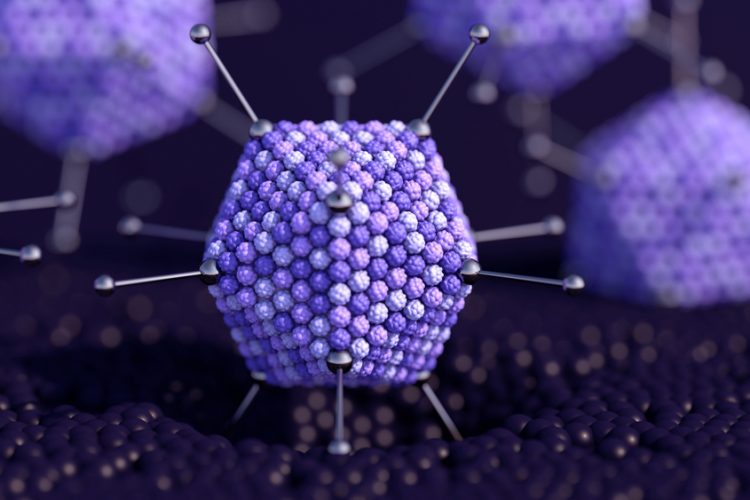Collaboration to enable standardisation of AAV quality measurement
Posted: 28 July 2021 | Hannah Balfour (European Pharmaceutical Review) | No comments yet
US Pharmacopeia to collaborate on assessment of analytical methods for adeno-associated viruses (AAVs) to facilitate the development of reference standards.


To enhance access to high quality adeno-associated viruses (AAVs) for treatments such as gene therapies, the United States Pharmacopeia (USP), US Department of Commerce’s National Institute of Standards and Technology (NIST) and The National Institute for Innovation in Manufacturing Biopharmaceuticals (NIIMBL) have agreed to collaboratively assess analytical methods and develop reference standards for AAVs.
AAVs are viral vectors often used in gene therapies because they are not known to cause human disease and cannot replicate on their own. AAV-based gene therapies are currently approved for the treatment of a type of inherited retinal dystrophy that causes blindness and spinal muscular atrophy in children, but many more are under development.
However, being a relatively new technology, some concerns and limitations remain. According to N7IIMBL, at a workshop it hosted in 2019, various industry stakeholders revealed that improved consistency of measurement methods and physical standards for AAV-based products are necessary to enable them to be used effectively. Such methods are vital, since they enable scientists to accurately measure attributes related to AAV quality, including the purity of the AAV product and the relative number of virus particles that contain the full genetic payload.
To contribute to the standardisation of measurement methods and the development of physical reference materials that will improve measurement consistency across the industry, the USP and NIST will conduct an inter-laboratory study where multiple laboratories measure the critical quality attributes of AAVs. The results of these analyses will then be compared and analysed. The collaborators anticipate that the study will take approximately two to three years to complete.
“AAV is important because these are critical components to manufacture a variety of gene and cell therapy products,” explained Kelvin Lee, NIIMBL institute director. “By addressing the quality attributes assessment of viral vectors, the field of gene therapies as a whole will benefit from access to high quality components to enable the development of a variety of products.”
NIST research scientist and chemical engineer Wyatt N Vreeland, who will be leading the NIST component of the collaboration, added: “This work will help build trust in the quality of AAV. And it will support the development of promising new gene therapies that will greatly improve peoples’ lives.”
Related organisations
National Institute of Standards and Technology (NIST), The National Institute for Innovation in Manufacturing Biopharmaceuticals (NIIMBL), United States Pharmacopeia (USP)




